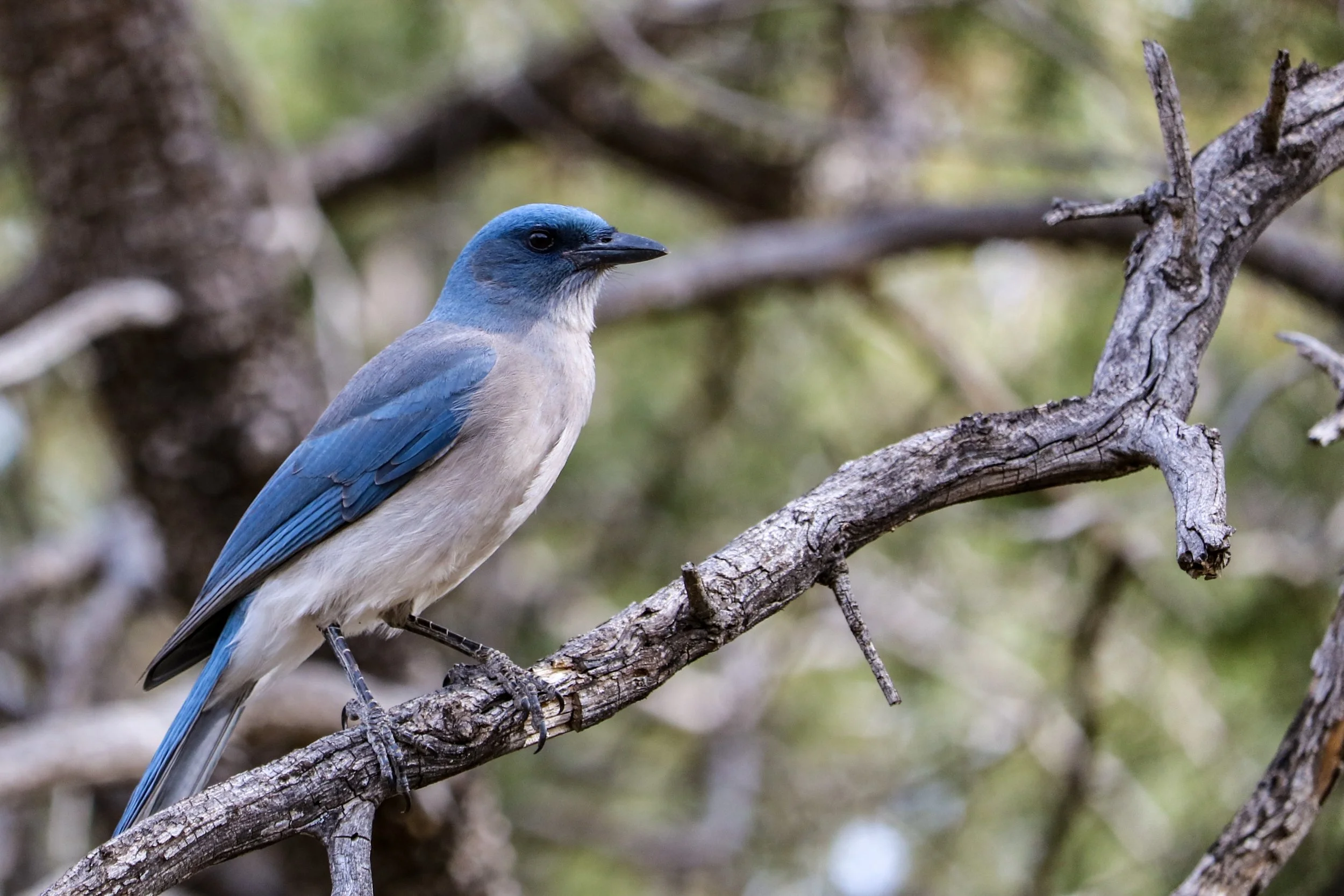Madera Canyon - Arizona
This is not the photo you hope for when you travel to Madera Canyon.
Every year, hordes of birders flock to these oak forests in the early light of dawn in search of what the Cornell Lab of Ornithology deems "one of the most sought-after birds by bird-watchers in the U.S," known otherwise as the Elegant Trogon.
In the Spring of 2018, there existed only two confirmed Trogons known to have taken up residence in the extremities of southern Arizona. One was spotted intermittently in Ramsey Canyon, just south of Sierra Vista, but if you closely followed the reports, you wouldn't necessarily get your hopes up based on the scattered locations and times of the sightings. For those dead-set on a Trogon sighting, the alternative was clear: Madera Canyon.
On eBird, a citizen-science app for rare-bird tracking, it seemed almost impossible to miss-- the Trogon had been spotted day after day for over a week in the same location: Whitehouse Canyon Picnic Area. To a young birder with delusions of grandeur, the approach of Spring Break grew more tantalizing with each day and each new sighting. The Trogon was there, and it was waiting.
But birds, unfortunately, do not always keep their appointments, especially on cloudy days. If you had traveled to Madera Canyon one early morning in March of 2018, you, along with scores of other visiting birders on pilgrimage, would have been sadly disappointed. There were no reported sightings that day, despite the combined efforts of expert and amateur birders alike.
There were, however, hordes of curious and excitable Mexican Jays, like the one you see above. While deprived of the staggering colors of the Elegant Trogon, the Mexican Jay is perhaps a far more interesting bird-- they've been observed stashing and recovering food for later consumption, and never hesitate to approach and inspect a new arrival in their territory. They are unwaveringly bold, and unbelievably intelligent. Yet they hardly ever receive the same attention as their more Elegant counterparts.
The Mexican Jay, therefore, exists as a reminder for all of us with a goal in the outdoors-- we must not neglect the jewels we pass in our pursuit of buried treasure. If we do, we may find the chest unearthed and plundered-- the gate locked, the trail closed, the road impassable-- and with nothing else to show for travel but a wasted sick day. But if we stop and smell the roses, or watch the Jays bounce and squawk, then maybe we won't mind so much that we never found the Trogon.
